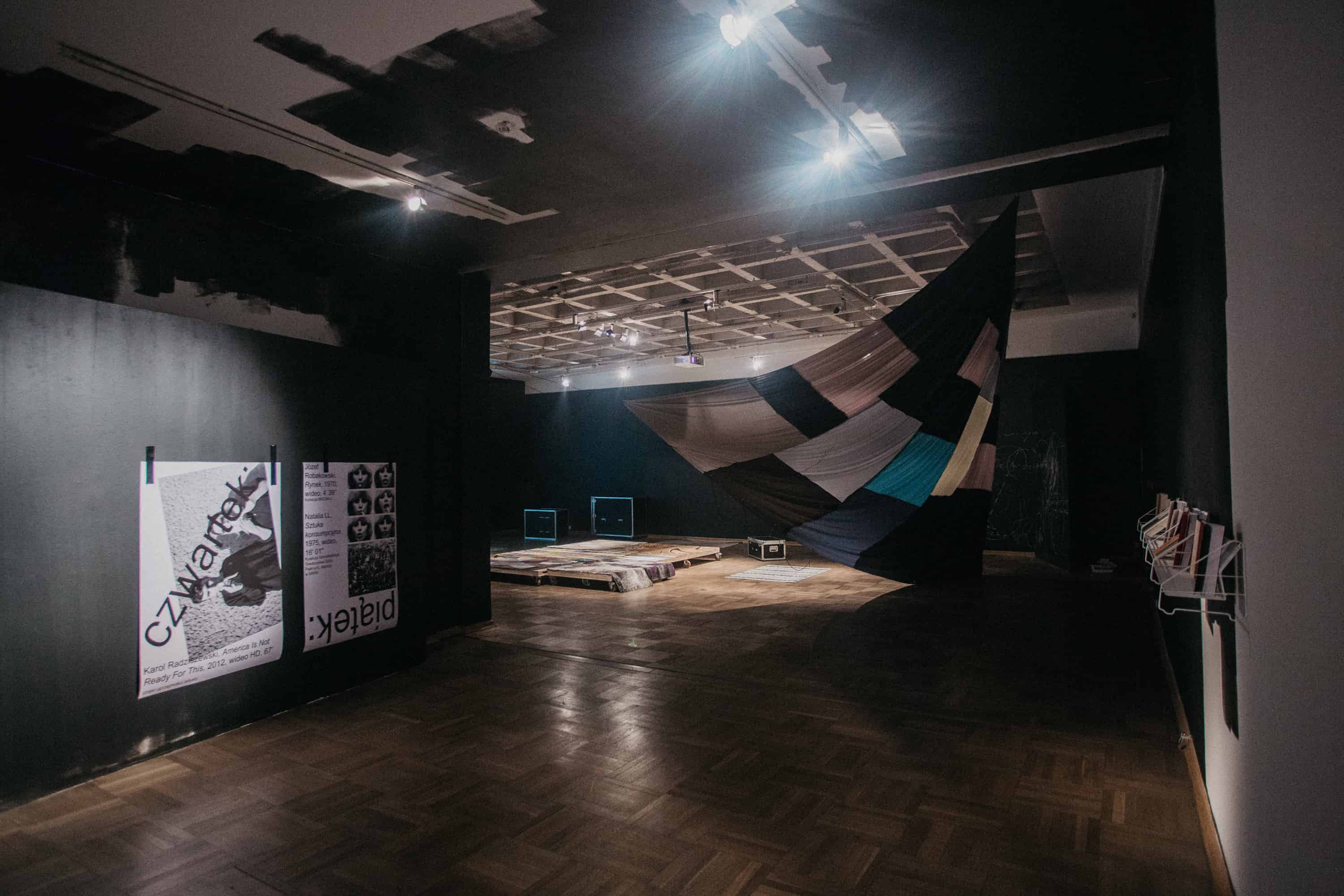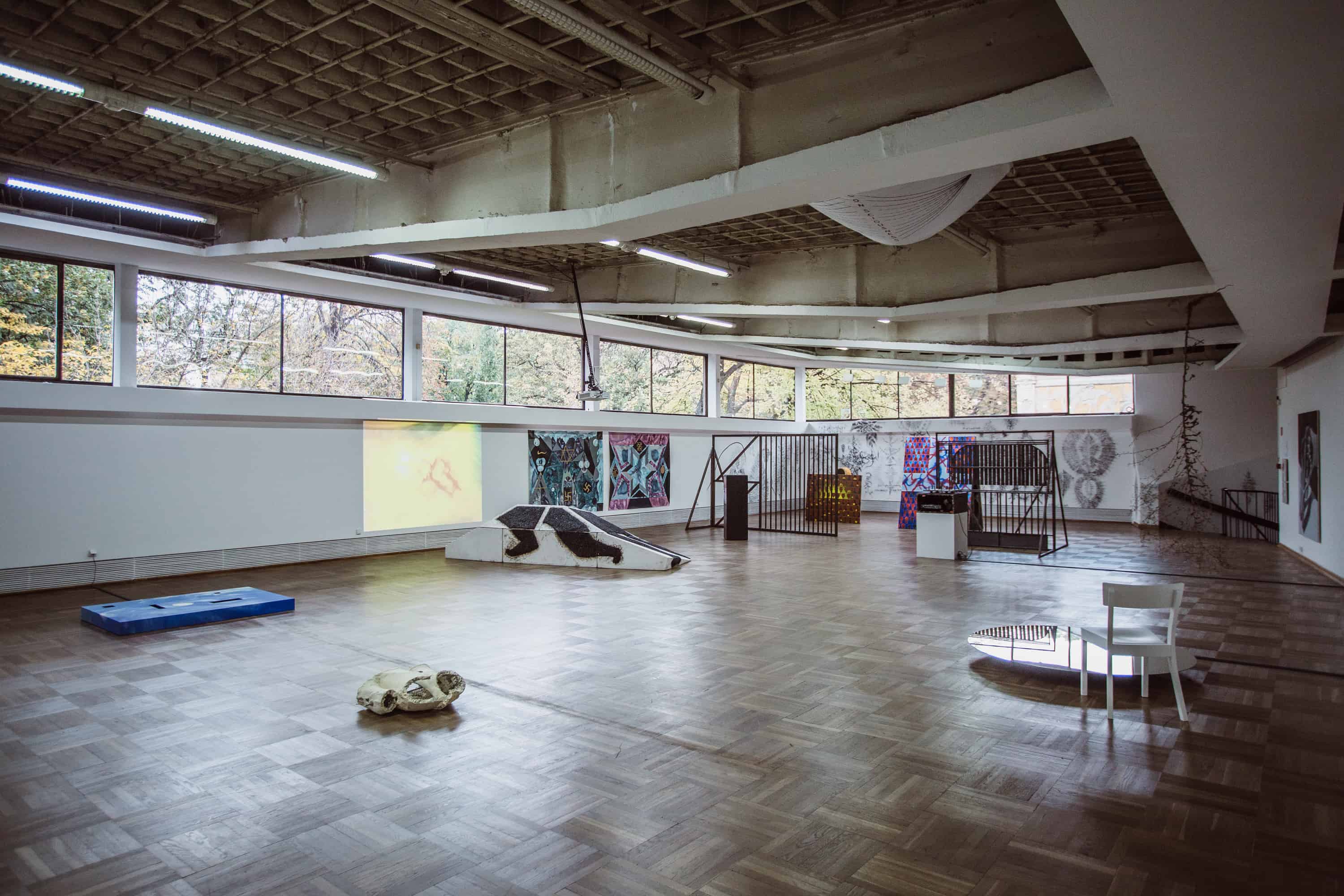Central and Eastern Europe is a unique region in the context of the Old Continent as a whole. For ages there has been an impression that the region was “out of place” and did not fit as an integral part of the greater entity. You may find this statement a cliché, but it is undoubtedly true. Obviously, people living in Central and Eastern Europe are always thrilled to emphasize cultural differences between them and the inhabitants of Western Europe and cherish their own distinctive mentality. Complete unification of these to parts of Europe has not happened yet and very individual, rare, sometimes eccentric specificities still determine relations between the two. The feeling of “otherness”, “wildness” and “backwardness” present in Central and Eastern Europe for hundreds of years, did not cease manifesting itself after World War II. During the heyday of the real socialist ideology attempts were made to unify various cultures of the region under the common working class “heritage”. However, after the communist rule surrendered in 1989, differences between the nations and ethnic groups living on the Eastern side of the iron curtain manifested themselves even stronger than before the war. This issue has been thoroughly researched not only by experts in the fields of political and social sciences, but also by artists and people working within the field of culture. Currently, a huge and crucial exhibition organized at Bunkier Sztuki in Krakow presents another take on the topic. The exhibition entitled “Orient” is curated by Michal Novotný in cooperation with Anna Bargiel. It needs to be mentioned here that “Orient” is the final product and a culmination of a much more extensive “Trauma & Revival” project. The focal point of the project were relations between Eastern and Western Europe from World War II through the Cold War until the present time. The “Orient” exhibition was previously presented at Kim? Contemporary Art Centre in Riga and BOZAR Centre for Fine Arts in Brussels. However, the visitors of the exhibition in Krakow will have the unique experience of seeing its fuller version, as much more content will be displayed than at the previous venues.

‘Orient’ – exhibition, Bunkier Sztuki Gallery, photo: Studio FILMLOVE
“Orient” belongs to the type of exhibitions which do not have to be judged because the final sentence is issued long before the grand opening. The exhibition is destined for success. It elaborates on a hot topic and suits the international context well. It is a result of collaborative efforts of several international institutions, presents works by exciting and inspiring artists, and offers a rich programme of accompanying events. When you enter the exhibition venue, you first see an enormous and impressive flower stand by Vlad Nancă. It truly resembles flower stands which we can find in many Polish public institutions or libraries. Nowadays such flower stands became an inherent part of home decor and are proudly displayed by the young intelligentsia and those who wish to be included in this social class. Near the flower stand a few photographs by Jasanský & Polák hang on the wall. This “Director/Founder” photo series presents everyday life of a director of one of the Polish art institutions. The presented pictures, however, differ significantly from the established image of an executive who made a career in the world of art, i.e. of a woman or a man with modern hairstyle, wearing custom-made garments by some young and talented fashion designer. A middle-aged man is whom we see in the photos instead. Here he is, spending his free time at dance parties in rural areas or sitting in a big black car. One would say that he is a typical director figure and presents stereotypical director-like attitude of a joyous ancestor of the Polish nobility of the 18th century. There are much more works presenting similar narration, which can be seen in all other parts of the exhibition, namely “Waiting Room”, “Everyone Is Dressed Up But Have Nowhere To Go”, Digital Meadows Of The Carpathians”, “Devil In The Machine”, “Traces Of The Pasts”. All these can be seen on two floors of Bunkier Sztuki gallery. Esthetics of several works is quite similar. Matyáš Chochola covered ordinary plastic chairs with pastel spray paint and attached hemp strings to them, which look like hair growing out of the pieces of furniture. Adéla Součková decided to act like pagan priestess from the ancient times. She created a peculiar, but totally modern circle of blue-dyed fabric and potato sprouts, which look like mandrake roots. Piotr Łakomy chose to create futurist machines, which could well become part of the future reality.

‘Orient’ – exhibition, Bunkier Sztuki Gallery, photo: Studio FILMLOVE
There is no doubt that the majority of works presented at this exhibition revolves around the Central and Eastern Europe, i.e. Edward Said’s Orient within the European continent itself. It has always formed a separate entity born out of people’s fantasies, views and, most probably, expectations. It is not surprising that many of those works show the changing attitude towards certain topics, e.g. the heritage of the communist times. They also try to challenge stereotypes and convictions of the Western European community regarding the inability of Eastern European artists to keep up with the latest trends. Storytelling and narration is what comes into the foreground at the exhibition. In other words, the presented material is more inclined towards telling stories and discussing problems than towards presenting them in a straightforward manner. Some of the presented works are obscure and vague in nature. This is why they are kind of supposed to be misinterpreted and become a phantasm thrown into the melting pot of what we call the Central and Eastern European identity. The identity which is still in its formation stage or, as it is sometimes claimed, is rebuilding itself from the remnants of the past. But perhaps the inhabitants of eponymous Orient should avoid sticking to the former patterns and beliefs? The visit to the exhibition at Bunkier Sztuki will definitely be an interesting, but difficult experience for any person. It leaves you with the impression of overwhelming chaos and variety of ideas. After seeing it, many elements will stay with you for long. All these are the evidence that there is still a huge amount of work to be done and enormous expectations. There are other events of “Trauma & Revival” project ahead of us. The exhibition inspires its visitors to experience the reality of contemporary Poland and countries just beyond its borders – Romania, Czech Republic and Slovakia – and see whether what they learned is true. The cliché “us” and “them” will not come out of the mouths of those who see what the exhibition has in store. Apparently, it is time to make things clear.

‘Orient’ – exhibition, Bunkier Sztuki Gallery, photo: Studio FILMLOVE
“Orient” exhibition
21 September 2018 – 9 December 2018
Bunkier Sztuki Art Gallery





